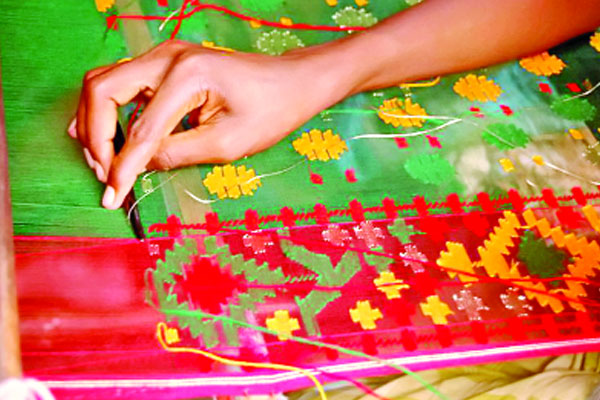The Heritage of Tangail Saree Unveils Controversy

In a longstanding tradition spanning almost two and a half years, about 300,000 individuals are directly and indirectly involved in the weaving industry of Tangail, Bangladesh. Renowned worldwide, Tangail sarees have earned a distinct reputation for their vibrant colors and diverse designs, making them a top choice for Bengali women during various festivals.
However, a recent development has stirred controversy as West Bengal, India, claimed the Geographical Indication (GI) rights of Tangail sarees. This move has sparked anger among the weavers and civil society in Tangail.

Tangail’s weavers argue that a small fraction of local Basaks migrated to different parts of West Bengal during the partition of the country in 1947 and the liberation war in 1971. They claim that these individuals are now producing and selling sarees under the name of Tangail sarees in West Bengal. Despite this, the weavers assert that the original identity of Tangail saree remains rooted in Tangail, Bangladesh.
Raghunath Basak, President of Patrail Tant Malik Samiti of Tangail, emphasized, “Tangail refers to the origin of Tangail sarees. There is no place called Tangail there (in India), so why would Tangail take the sari tag from another place.”
Tangail sarees are an integral heritage of Tangail, Bangladesh. The ongoing dispute revolves around preserving the true identity and heritage of Tangail sarees against external claims.
Tags: Tangail



